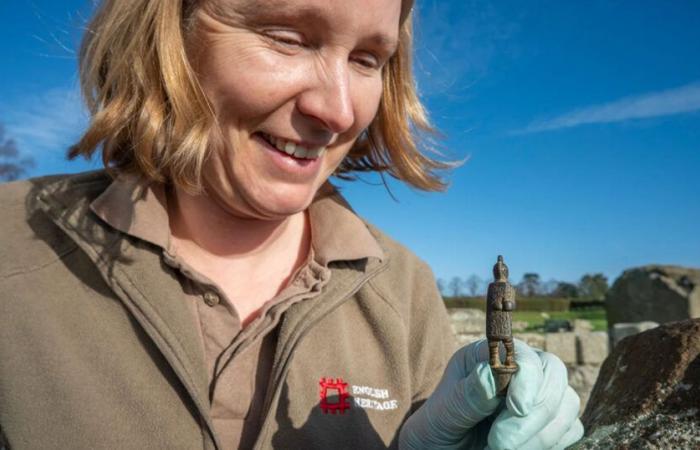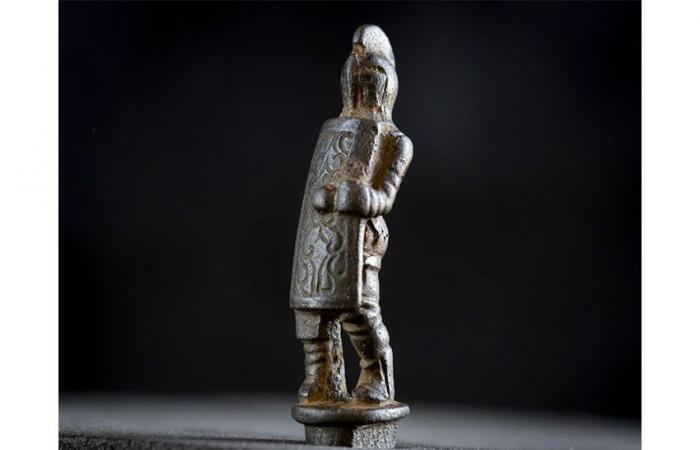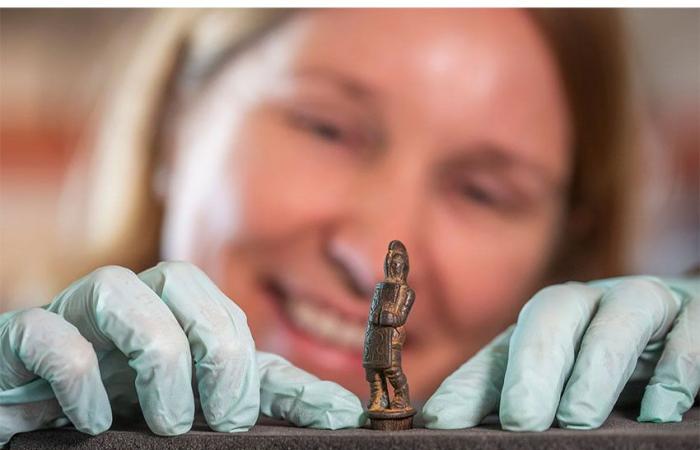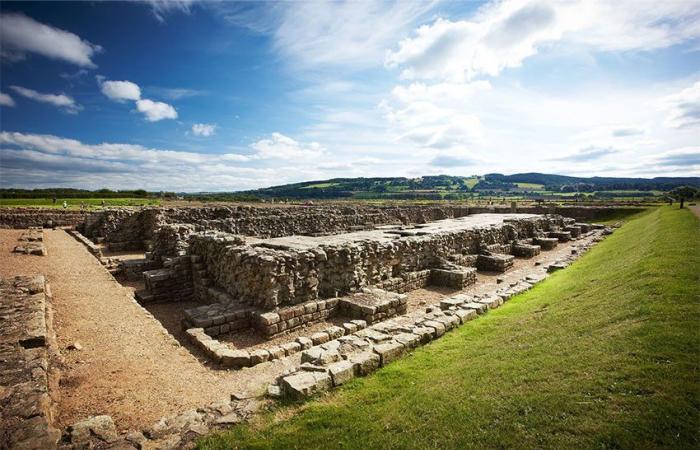Fans of ancient Roman history are in for a treat this week: while the sequel to Gladiator is in theaters since November 13, archaeologists found the handle of a Roman knife in the River Tyne flowing through the city of Corbridge in England, near Hadrian's Wall. Nearly 2000 years old and made from a copper alloy, it represents a gladiator equipped with a helmet and a shield. It bears witness to the breakthrough of gladiator culture to the confines of the Roman Empire.
A sinister peculiarity
« It is rare to find items related to gladiators in Britain says Dr Frances McIntosh, English Heritage Collections Curator for Hadrian's Wall and North East England. Finding such an interesting and well-preserved piece is particularly remarkable “. The originality of the object is also due to its iconography since it represents a left-handed character, a particularity considered at the time as bad luck. This specificity suggests that it is the representation of a real and identifiable fighter.
The handle has the particularity of representing a left-handed gladiator. The handle in the shape of a statuette is almost 2000 years old. © English Heritage
Indeed, “ despite their state of slavery and their social exclusion due to their profession, gladiators could become enormous celebrities », recalls Dr McIntosh. “ These fighters and all of the “ spectacles » were an integral part of Roman cultural life and took place throughout the Empire “. They have inspired the decor of countless artisanal products such as ceramics, glass bowls or lamps. The fighter depicted on the handle is a followersa type of powerful and heavily armed gladiator, whose name is derived from the Latin word for “hunter”. They specialized in clashes against the retiaries, a class of lighter gladiators, armed with a net, a trident and a dagger.
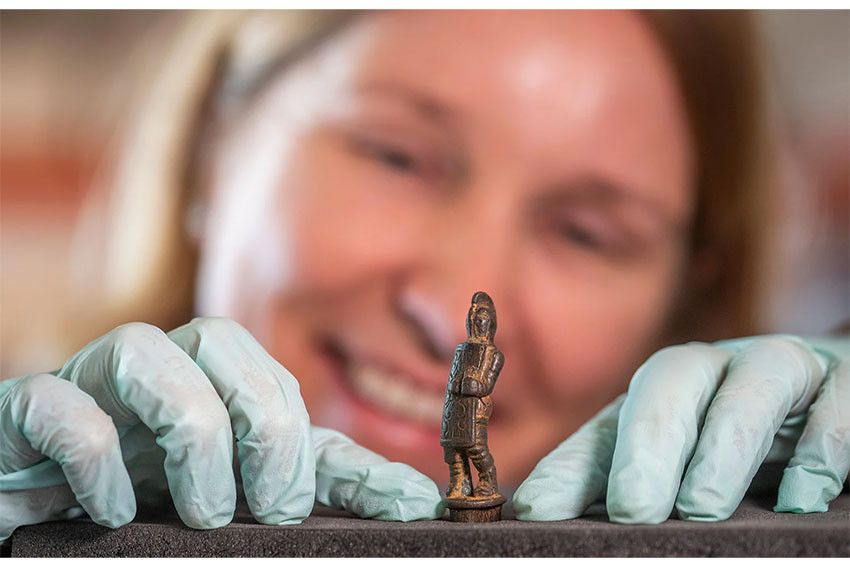
The fighter carved on the handle wears heavy equipment. © English Heritage
An exhibition of the work planned
The knife handle was found in 1997 in the River Tyne, near Corbridge, a village of nearly 3,500 inhabitants located in the county of Northumberland. This is the location of the ancient Roman city of Corstopitum, inhabited from the year 79 until the departure of the Romans around 400, which has today become a preserved archaeological site. The city was located along Hadrian's Wall, the defensive wall crossing Britain from east to west, built during the 2nd century to defend the northern border of the Roman province of Brittany against Pictish invasions.
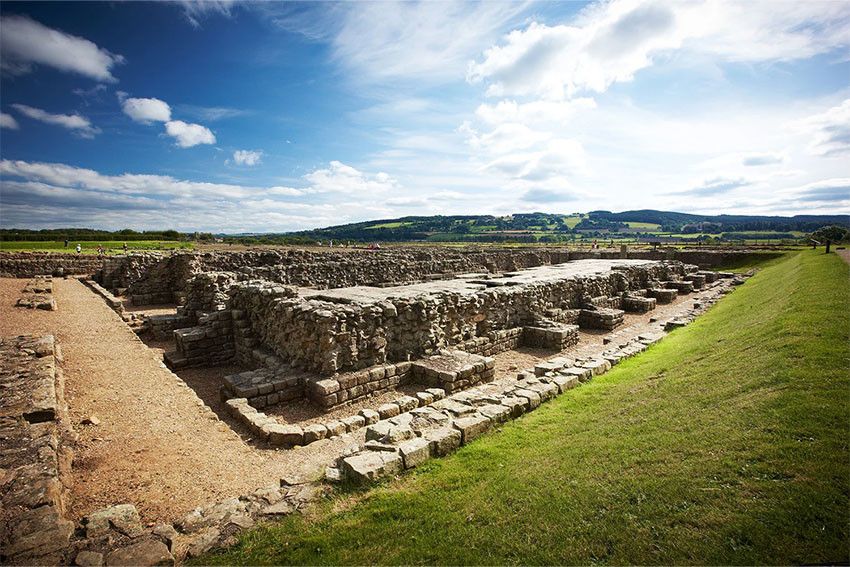
The knife handle will be on display at the Roman city of Corbridge from 2025. © English Heritage
English Heritage plans to display the find at the Roman site of Corbridge in 2025, alongside other objects evoking the daily life of gladiators, such as Samian glassware and pottery depicting gladiatorial combats, glass vials glass which would have contained perfume and saffron-infused water used to sprinkle spectators, or even a piece of glass decorated with a leopard hunting scene.
A 360° View of Hadrian’s Wall

